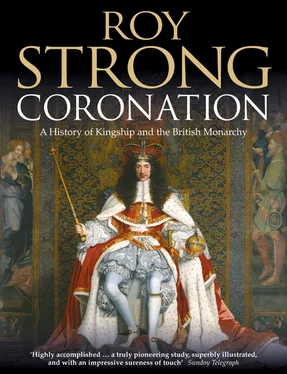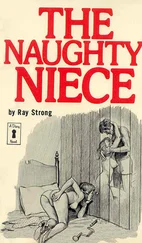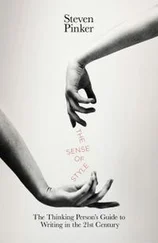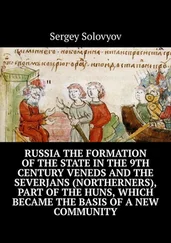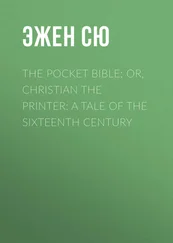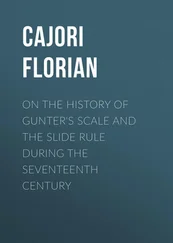That done, the action moved on to the bestowal of unction, the anointing of the King’s head by the bishops (whose identities are not given, but presumably were the Archbishops of Canterbury and York) with holy oil, chrism, a fragrant mixture of oil and balsam, poured from an animal’s horn. In this ritual occurred the sacred moment of rebirth, one accompanied by a succession of prayers invoking the Kings of the Old Testament as exemplars of the virtues to be granted through this action, recalling also those kings, prophets and priests who had been similarly anointed and calling upon the Holy Spirit to descend and sanctify Edgar in the same way. Following this, the most solemn moment of the whole Coronation service, came the anthem Unxerunt Solomonem: ‘Zadok the Priest and Nathan the Prophet anointed Solomon King; and they blew the trumpets, and piped the pipes, and rejoiced with great joy, so that the earth rent with the sound of them; and they said, “God save King Solomon. Long live the King, may the King live for ever.”’ All of this, for over a thousand years, has been re-enacted at every Coronation, although ennobled since the eighteenth century by Handel’s radiant and triumphant music. It is extraordinary to grasp that its roots lie as far back as the last quarter of the tenth century. Nor has the ritual of investiture which followed changed that much. Upon Edgar were bestowed the following regalia: the ring, ‘the seal of holy faith’; the sword by which to vanquish his enemies, the foes of Holy Church, and protect the realm; the ‘crown of glory and righteousness’; the sceptre, ‘the sign of kingly power, the rod of the kingdom, the rod of virtue’; and the staff or baculus ‘of virtue and equity’. A Mass followed and, after the whole ceremony was over, those assembled moved again from sacred to secular space where a great feast was held. Edgar, wearing a crown of laurel entwined with roses, sat enthroned, flanked by the two archbishops, presiding over a banquet of the great magnates. Elsewhere his Queen held court over a parallel one for abbots and abbesses. This description in the life of St Oswald is detailed enough to establish that the text or ordo used was that known as the Second Recension, a consideration of which I will come to later in this chapter. That scholars have established this to be the case means that we can deduce that Edgar’s Queen must also have been crowned, although the Monk of Ramsay does not refer to the fact, for the ordo includes prayers for this which permit her to be anointed like her husband but only allow for investiture with two ornaments, a ring and a crown.
So much for what we do know about the 973 Coronation, but there is much that we do not. We do not know where the action was staged or anything about the gestures used, the vestments worn, the appearance of the regalia or the music sung. There is also the puzzling fact that, although Edgar had been a king since 957, he waited until 973 for his Coronation. Some scholars argue that he had undergone an earlier ceremony of blessing and unction and that this one was to mark his ascendancy to imperial status, while others maintain that his humility was such that he deliberately waited until he reached thirty, the canonical age a man could be made a bishop and also about the age when Christ was baptised and began his ministry (Luke 3: 23).
What is in no doubt, however, is that this spectacle was the apogee of his reign, designed to mark Edgar’s imperial status and blaze it abroad both in his own country and on the Continent. Shortly after that he received the homage of his subject kings, who symbolically rowed him from his palace to the church at Chester while he tended the prow. The Coronation was also an outward manifestation of Edgar’s commitment to the reform movement associated with Archbishop Dunstan, which introduced new rules to govern monastic life based on those used on the Continent at the great abbey of Cluny. So the Coronation ordo enshrined a vision of the English monarchy which reflected that role, one which owed its debt to continental exemplars, the king cast as rector et defensor ecclesiae. Time and again this ordo, the Second Recension, draws out, by means of symbolism and doxology, the parallel between kingship and episcopacy. This was emphasised in the choice of the day for the ceremony, one on which the Holy Spirit descended giving the Apostles the grace to carry out their task. What is astonishing to a modern reader is that here already at such a very early date are virtually all the elements of our present Coronation ceremony as it was last enacted in 1953 for Elizabeth II. The fact that these same elements could be used again and again through the centuries and continue to be responsive to the ideas and aspirations of far different eras is a gigantic index as to just how flexible the English Coronation ceremony continues to be. As a consequence, apart from the papacy, no other inauguration ritual can boast such longevity. Such rituals should not be lightly dismissed as so much insubstantial pageantry. They are powerful icons in which a society enshrines its identity and its continuity. The importance of them has been admirably summed up by Meyer Fortes:
The mysterious quality of continuity through time in its organisation and values, which is basic to the self-image of every society, modern, archaic, or primitive, is in some ways congealed in these installation ceremonies … Politics and law, rank and kinship, religious and philosophical concepts and values, the economics of display and hospitality, the aesthetics and symbolism of institutional representation, and last but not least the social psychology of popular participation, all are concentrated in them. 3
When Edgar was crowned, such a rite of inauguration in some form had been in existence in Anglo-Saxon England for over a century. How did such a thing come about and whence did it come? To answer that I must widen our camera’s lens to take in the fate of Western Europe in the aftermath of the collapse of the Roman Empire, the rise in its place of the barbarian kingdoms and the establishment as a consequence of the role of the Church as the bestower of legitimacy on dynasties by dint of the rite of unction.
What is unction and how did it come to occupy such a central position in king-making? 4 The first question is a relatively simple one to answer, the second far more complex. Unction was the application to a modern ruler of a ritual recorded in the Old Testament, the anointing of a chosen leader with holy oil. In the First Book of Samuel the elders ask the prophet to choose a king for them who will act both as their judge and their leader in war. Samuel chose Saul. ‘Then Samuel took a vial of oil, and poured it upon his head, and kissed him, and said, Is it not because the Lord hath anointed thee to be captain over his inheritance?’ (I Samuel 10:1).
Later in the same book Samuel is led to choose Saul’s successor and the ritual is re-enacted: ‘Then Samuel took the horn of oil, and anointed him in the midst of his brethren: and the Spirit of the Lord came upon David from that day forward’ (I Samuel 16:13).
Even more important was the precedent set by David’s son, Solomon, always cast as the ideal king. In the First Book of Kings David summons Zadok the priest, Nathan the prophet and Benaiah, the son of the chief priest, and orders them to mount his son, Solomon, on David’s own mule and bring him down to Gihon: ‘And let Zadok the priest and Nathan the prophet anoint him there King over Israel: and blow ye with the trumpet, and say, God save King Solomon. Then ye shall come up after him, that he may come and sit upon my throne; for he shall be king in my stead’ (I Kings 1: 34–5).
They did what was commanded of them: ‘And Zadok the priest took an horn of oil out of the tabernacle, and anointed Solomon. And they blew the trumpet; and all the people said, God save King Solomon’ (I Kings 1: 39; I Chronicles 29: 22–3).
Читать дальше
